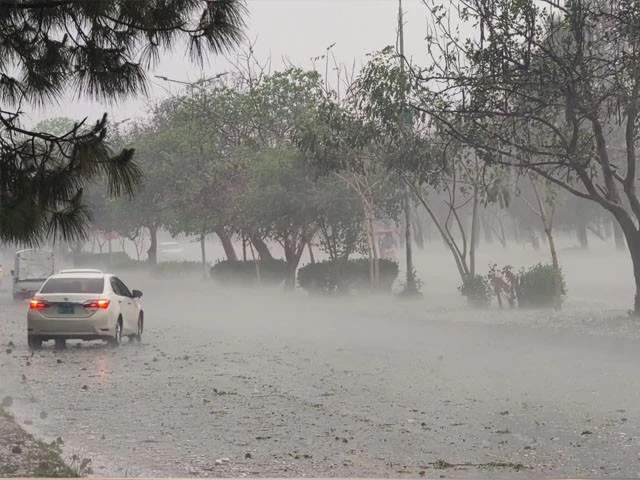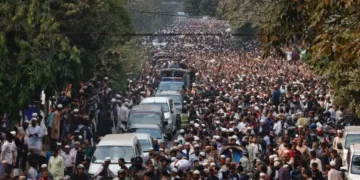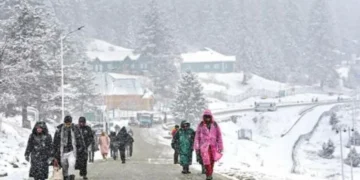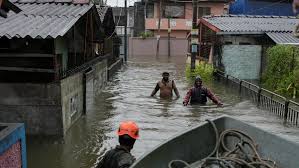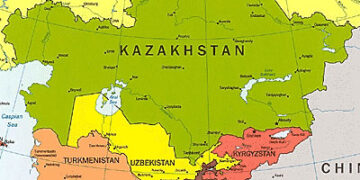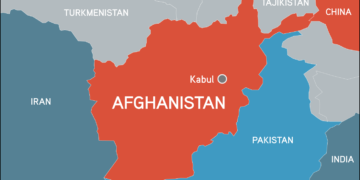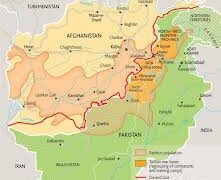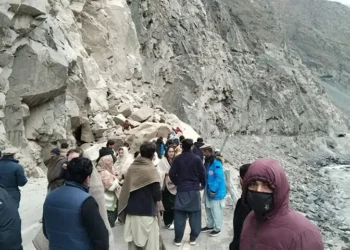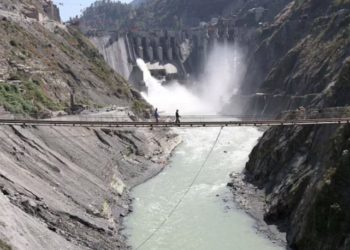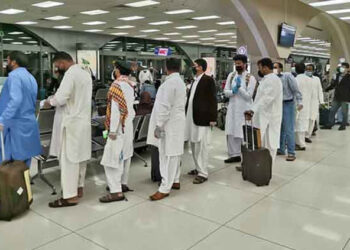ISLAMABAD; More than 110 people, including dozens of children, have lost their lives across Pakistan since the onset of this year’s monsoon rains in late June, according to official figures released Monday.
The National Disaster Management Authority (NDMA) reported that between June 26 and July 14, at least 111 people, among them 53 children, have been killed, with the highest number of fatalities recorded in Punjab, the country’s most populous province.
The data revealed that electrocution has been the leading cause of death, followed by incidents triggered by flash floods.
In one of the earlier tragedies of the season, 13 tourists died after being swept away by sudden flash floods while seeking shelter on a riverbank in late June.
The Pakistan Meteorological Department (PMD) has now warned of more heavy rains from July 15 to 17, as a low-pressure area over northwest Madhya Pradesh, India, is likely to influence Pakistan’s weather in the coming days.
The PMD added that strong monsoon currents will enter central and upper regions of Pakistan during this period, accompanied by a westerly wave already present over the northern parts.
According to forecasts, very heavy rain with wind and thunderstorms is expected in parts of Kashmir, along with isolated heavy showers in Gilgit-Baltistan. Khyber Pakhtunkhwa is likely to see particularly intense rains, with some areas bracing for extremely heavy downpours.
Specific districts in Azad Kashmir, Gilgit-Baltistan, and Khyber Pakhtunkhwa have been alerted, alongside extensive warnings for Punjab and Islamabad.
In Balochistan, northeastern and southern areas could experience heavy rainfall, while parts of Sindh, including Karachi, may see light to moderate rain.
The PMD has cautioned that these rains could lead to flash floods in local streams and hill torrents, urban flooding in low-lying areas, and landslides or mudslides that may block roads in vulnerable mountainous regions.
Authorities have been urged to stay on high alert, and the public, travelers, and tourists have been advised to avoid unnecessary exposure in at-risk areas and stay informed about weather developments.
Monsoon season typically accounts for 70 to 80% of South Asia’s annual rainfall, arriving in early June in India and by late June in Pakistan, continuing through September.
These rains are crucial for agriculture and food security, sustaining millions of farmers across the region. However, they also bring devastating floods, landslides, and structural collapses.
Pakistan, home to over 240 million people, is among the countries most vulnerable to climate change. The nation is experiencing increasingly frequent and severe weather events.
In 2022, catastrophic monsoon floods submerged a third of the country, killing around 1,700 people, with some regions still struggling to rebuild.
Just two months ago, at least 32 people died due to severe storms and hail. As climate patterns shift, scientists warn that while it’s clear South Asia is warming, the precise impacts on the monsoon remain complex and unpredictable, leaving countries like Pakistan grappling with mounting challenges each year.
